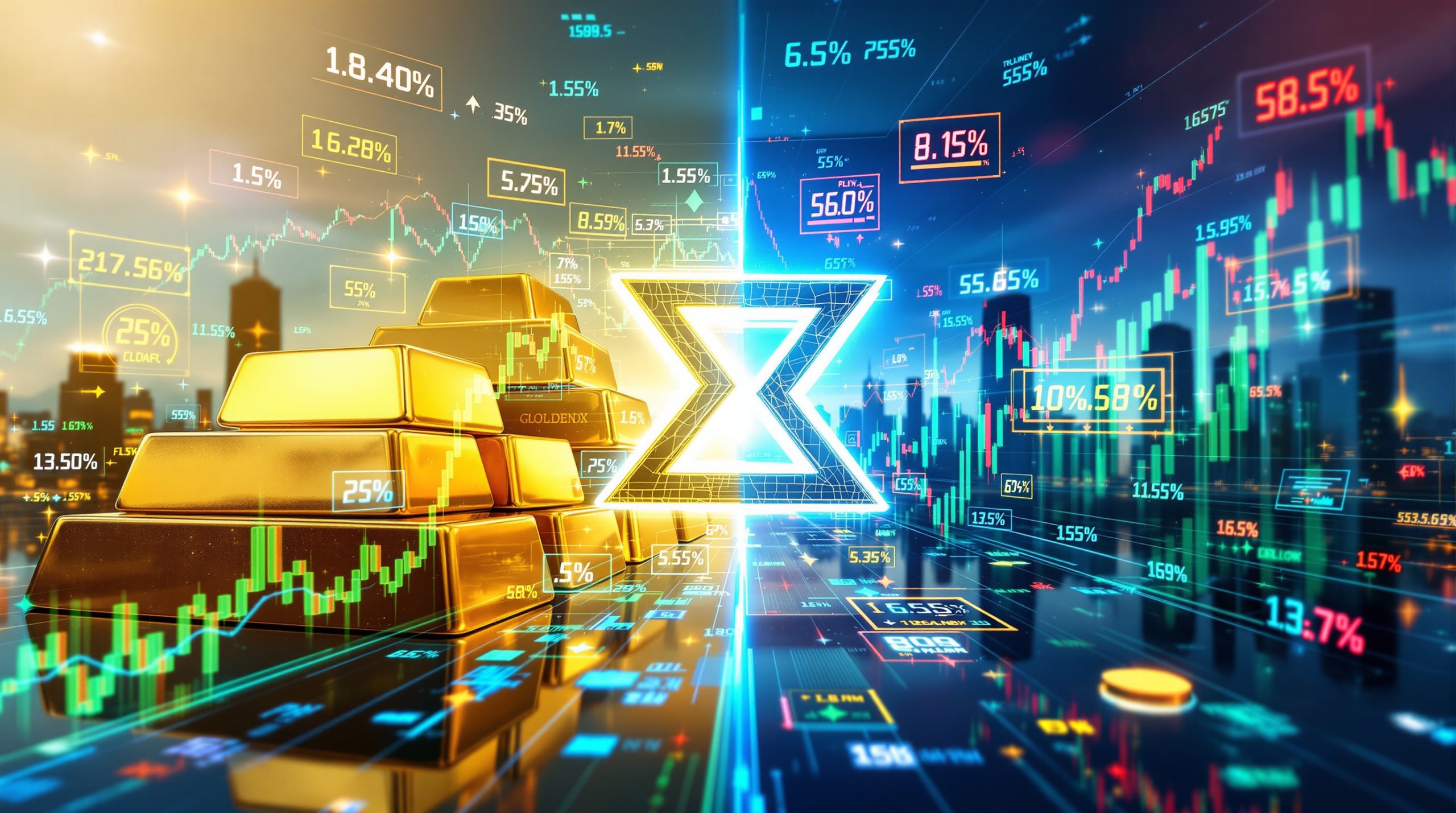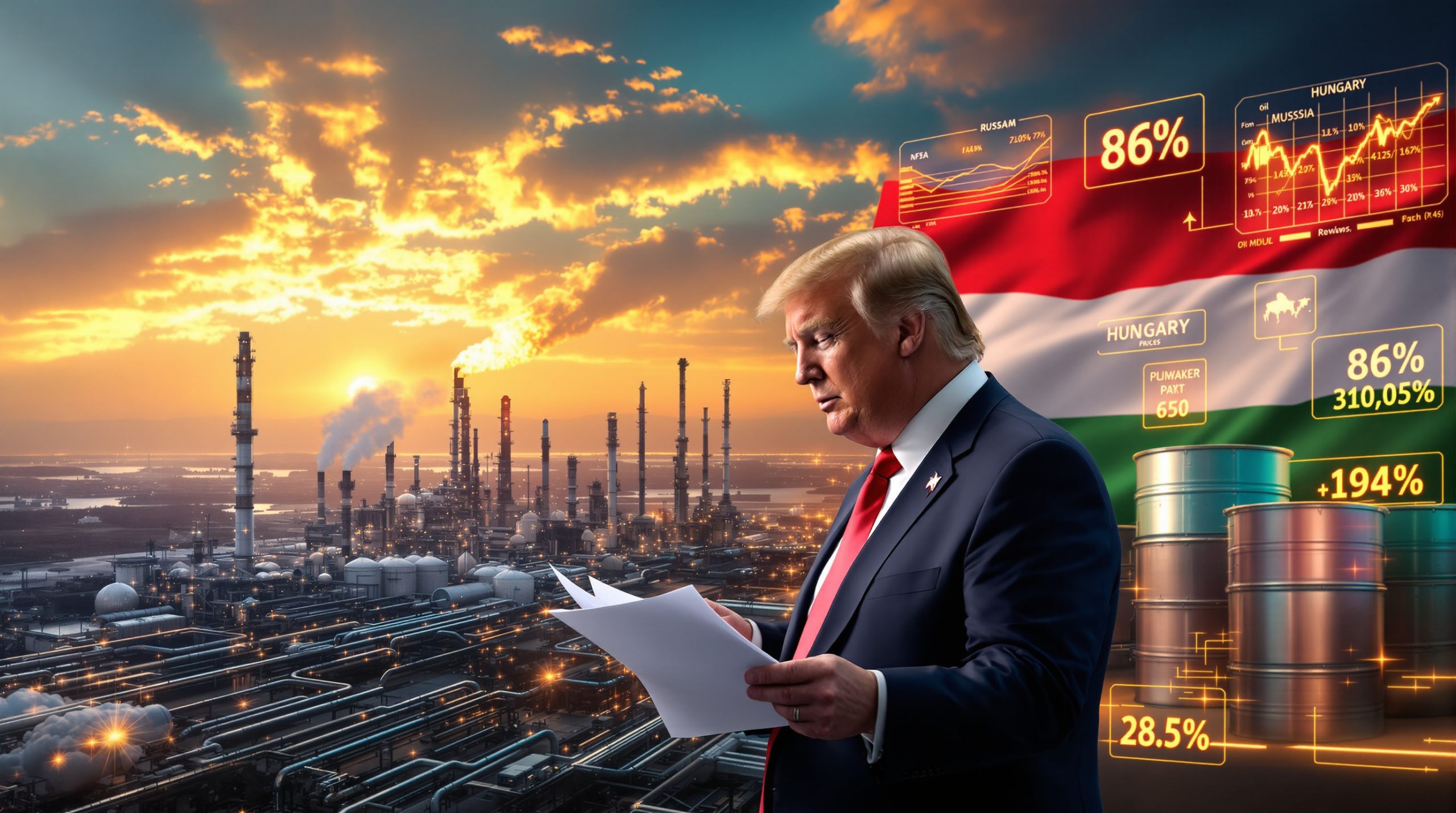What Is Inflation and How Is It Misunderstood?
The True Definition of Inflation
Inflation is specifically the expansion of the money supply, not simply price increases. Price increases are a symptom or result of inflation, not inflation itself. The term comes from "inflating" the supply of money, making each unit less valuable. When central banks and governments increase the money supply faster than economic output grows, the purchasing power of currency diminishes, leading to higher prices across the economy.
Common Misconceptions About Inflation
Many people incorrectly equate inflation with price increases. While rising prices are the most visible effect of inflation, they can have multiple causes beyond monetary inflation, including supply chain disruptions, resource scarcity, taxation changes, and regulatory policies. The Consumer Price Index (CPI), which tracks changes in the prices of a basket of consumer goods and services, measures price increases but doesn't isolate inflation-specific effects from other factors affecting prices.
How Does Government Spending Drive Inflation?
The Government Spending-Inflation Connection
Government spending is the primary initiator of inflation and government spending when it exceeds tax revenue. For fiscal year 2024, the federal budget deficit was $1.83 trillion, with total federal spending reaching $6.9 trillion against only $5 trillion in tax revenue. This massive shortfall must be funded somehow, typically through borrowing and money creation. Government spending now accounts for nearly 25% of the nation's GDP, representing an enormous portion of economic activity funded through deficit spending.
The Alarming Growth Rate Disparity
The disparity between government spending growth and economic growth highlights a fundamental imbalance. Government spending increased by 12.83% between 2023 and 2024, while the entire US economy (GDP) only grew by 2.8% during the same period. This unsustainable pattern shows the government siphoning resources at an accelerating rate, far outpacing the economy's capacity to generate new wealth. When government spending grows more than four times faster than the economy itself, it creates powerful inflationary pressures that influence overall market dynamics explained.
How Does the Federal Reserve Enable Inflation?
The Money Creation Process
The Federal Reserve facilitates government deficit spending by issuing Federal Reserve notes and expanding the money supply. Modern money creation occurs primarily through digital means rather than physical printing. When the government needs to fund deficits, the Federal Reserve purchases government bonds, effectively creating new money. Unlike historical monetary systems backed by gold and silver, there are no tangible assets backing this currency creation, making the supply theoretically unlimited.
Quantitative Easing and Its Effects
Quantitative easing (QE) represents an extraordinary monetary policy tool involving the central bank purchasing financial assets, including government bonds and mortgage-backed securities. First widely implemented after the 2008 financial crisis, QE created massive influxes of money into financial markets. This policy led to asset bubbles in stocks and real estate, as the newly created money flowed disproportionately into investment assets rather than productive economic activities, creating wealth disparities and distorting market signals.
What Are the Historical Patterns of Government Debt and Inflation?
The Accelerating Debt Cycle
The United States has entered an accelerating debt spiral, where each recent president has added more debt than all previous presidents combined. Clinton, Bush, Obama, Trump, and Biden have all continued this exponential pattern of deficit spending. The debt ceiling, originally designed as a constraint on government borrowing, continues to be raised repeatedly to accommodate increased spending, rendering it effectively meaningless as a fiscal discipline tool.
The Declining Value of the Dollar Since 1913
The dollar has lost 97-98% of its purchasing power since the Federal Reserve Act of 1913 established the current monetary system. To illustrate this devaluation, consider that original silver dollars (1794) contained actual precious metals with intrinsic value. A silver dollar from that era contained 371.25 grains of silver (about 0.77 ounces), which today would be worth approximately $23 in silver content alone. Modern currency, by contrast, has no intrinsic value backing it beyond government decree.
How Do Welfare Programs Contribute to Inflation?
The Evolution of Welfare Programs
Many welfare programs that began with good intentions to help vulnerable populations have expanded dramatically beyond their original scope, creating permanent dependencies rather than temporary assistance. Medicaid, for example, was originally designed for vulnerable populations like low-income families with children, but now covers broader groups including millions of adults without dependents. These expanded programs create more demand for limited resources like healthcare services, driving up prices through increased competition for finite supply.
Government Inefficiency and Resource Allocation
Government spending is notoriously inefficient compared to private sector resource allocation. A striking example is the Infrastructure Investment and Jobs Act, which allocated $7.5 billion for building 500,000 EV charging stations across America. Despite this massive funding, reports indicated that only eight stations were actually built with these funds by 2024. This level of inefficiency leads to wasted resources and poor allocation, contributing to inflation by increasing spending without corresponding productivity gains, according to recent research on government spending.
What Are the Real-World Effects of Inflation?
Erosion of Purchasing Power
Inflation acts as a hidden tax on citizens by steadily reducing what money can buy. Fixed-income individuals, particularly retirees living on pensions or savings, are especially vulnerable to this effect, as their income streams typically don't adjust adequately for inflation. While wages do eventually respond to inflation, they typically don't increase at the same rate as inflation, especially in its early stages, creating periods where workers experience declining real wages despite nominal increases.
Impact on Economic Planning
Inflation makes long-term financial planning difficult for businesses and individuals alike. When the value of money becomes unpredictable, it distorts investment decisions and economic calculations about future costs and returns. This uncertainty in markets discourages long-term capital investments in favor of short-term speculation, reducing economic productivity and efficiency. Businesses must divert resources to inflation hedging rather than productive innovation and expansion.
How Do Precious Metals Protect Against Inflation?
Gold and Silver as Inflation Hedges
Gold and silver have maintained value for thousands of years across civilizations, serving as reliable stores of wealth during monetary crises. The original US dollar was defined by specific weights of silver and gold, not as a fiat currency. The modern American Silver Eagle coin provides a practical demonstration of precious metals' value preservation. Although it carries a face value of just $1, its market value of approximately $27-28 reflects its intrinsic worth as an ounce of silver, showing how precious metals maintain purchasing power while fiat currency devalues. Understanding current gold market analysis can help investors make informed decisions.
Physical Possession as Financial Independence
Holding physical precious metals removes dependency on the financial system, providing protection against currency devaluation and potential banking system issues. Unlike digital assets or paper claims on metals, physical possession ensures access to wealth regardless of electronic systems or financial intermediaries. This tangible form of wealth offers privacy and security outside digital financial networks that may be vulnerable to technological failures, cyber attacks, or government restrictions. Many investors explore gold ETF strategies 2024 as well as direct ownership of metals.
How Can You Distinguish Between Inflation and Other Price Increase Factors?
Different Drivers of Price Increases
Inflation (money supply expansion) is just one factor in price increases. Other significant drivers include taxation policies that increase costs for businesses, tariffs on imported goods, regulatory compliance expenses, and regional cost-of-living differences due to local policies. Understanding these distinctions helps identify appropriate policy responses. The Producer Price Index (PPI), which measures wholesale prices before consumer markups, may provide a better early indicator of inflation than the Consumer Price Index (CPI).
Measuring True Inflation
M2 money supply, which includes cash, checking deposits, and easily convertible near money, provides a popular measure of potential inflation. Recent years have seen significant expansion of the money supply, particularly during the COVID-19 pandemic response. While there have been some recent pullbacks in monetary expansion, these reductions are minimal compared to the overall expansion that occurred. Alternative inflation measures like the Chapwood Index suggest actual inflation rates might be significantly higher than official CPI figures indicate.
FAQs About Inflation and Government Spending
How does government spending lead to inflation?
Government spending beyond tax revenue creates deficits that must be funded somehow. These deficits are typically financed through borrowing in the form of government bonds. When central banks purchase these bonds (monetizing the debt), they effectively create new money to fund government activities. This new money dilutes the existing currency supply, reducing its purchasing power. As this newly created money circulates through the economy, it increases demand for goods and services without a corresponding increase in production, driving up prices.
Why can't we simply tax more to cover government spending?
Substantial tax increases have economic consequences that can reduce overall economic activity and tax revenue. High tax rates can discourage investment, entrepreneurship, and productivity while encouraging tax avoidance strategies. Additionally, spending levels have grown so large that covering them entirely through taxation would require confiscatory rates that would severely distort economic activity. Political resistance to significant tax increases creates pressure for monetary solutions like debt and money creation instead of fiscal discipline.
How do precious metals protect against inflation?
Precious metals like gold and silver have limited physical supply that cannot be arbitrarily increased like fiat currency. They have maintained value across centuries and diverse economic conditions, serving as universal stores of wealth. Unlike government currencies that can be devalued through printing, metals exist outside the fiat currency system and cannot be devalued by money creation. Investing in mining stocks is another way some investors gain exposure to the precious metals sector, although it involves different risk factors than physical ownership.
What's the difference between inflation and price increases from other causes?
Inflation specifically results from money supply expansion, creating an economy-wide phenomenon of currency devaluation. Other price increases may come from specific supply/demand imbalances, increased taxation, regulatory changes, or resource limitations. Understanding this difference helps identify appropriate economic responses – monetary policy can address inflation, but supply-side policies are needed for non-monetary price pressures. While all price increases affect consumers similarly, their causes and solutions differ significantly, requiring precise diagnosis for effective stock market strategies in an inflationary environment.
Want to Stay Ahead of Major Mineral Discoveries?
Discovery Alert's proprietary Discovery IQ model provides instant notifications when significant mineral discoveries are announced on the ASX, helping investors identify actionable opportunities before the broader market. Explore how historic discoveries have generated substantial returns by visiting our dedicated discoveries page and begin your 30-day free trial today.




